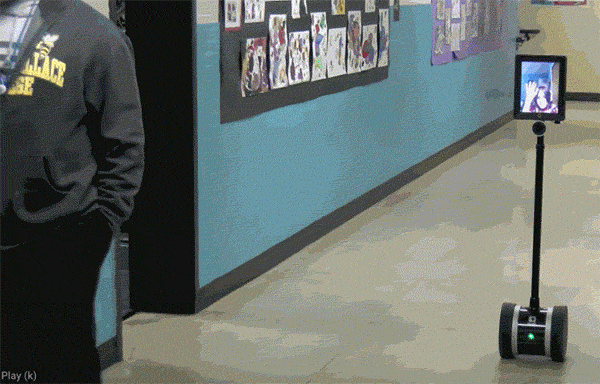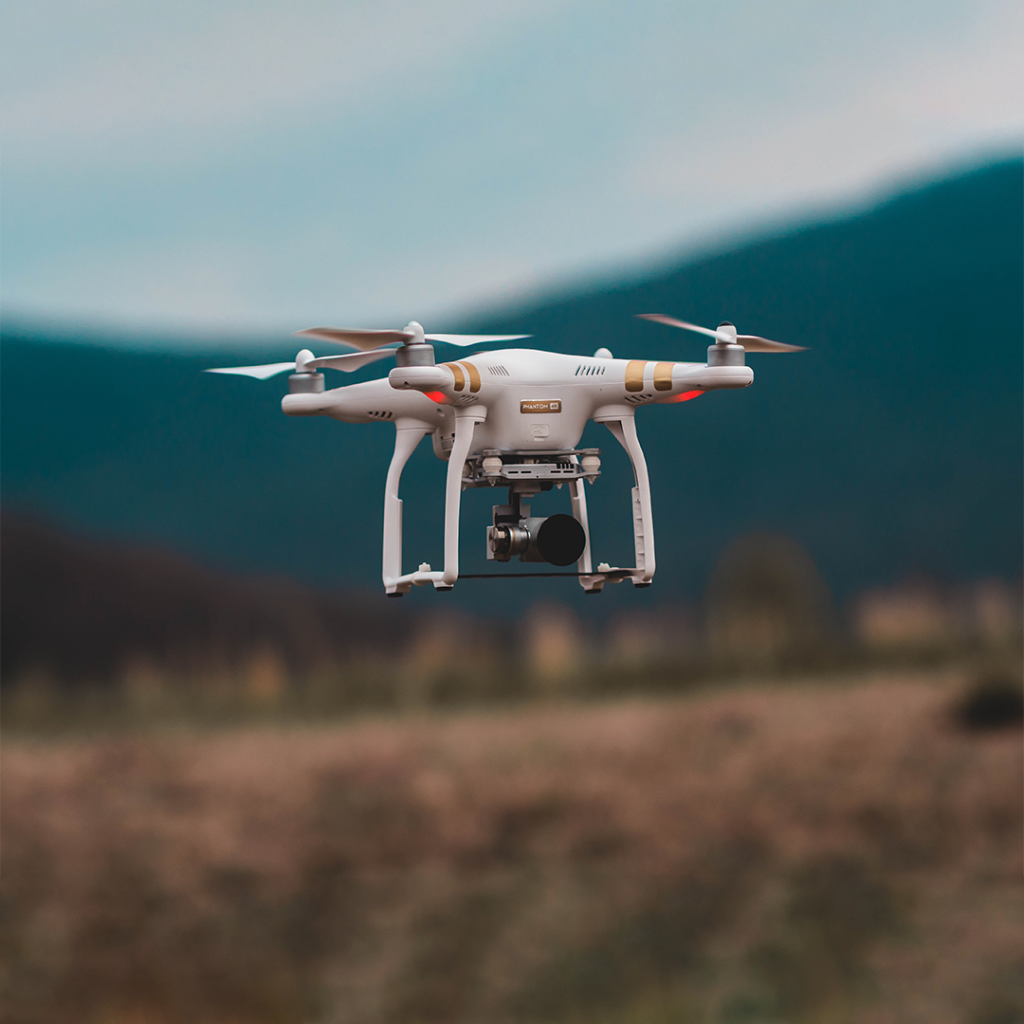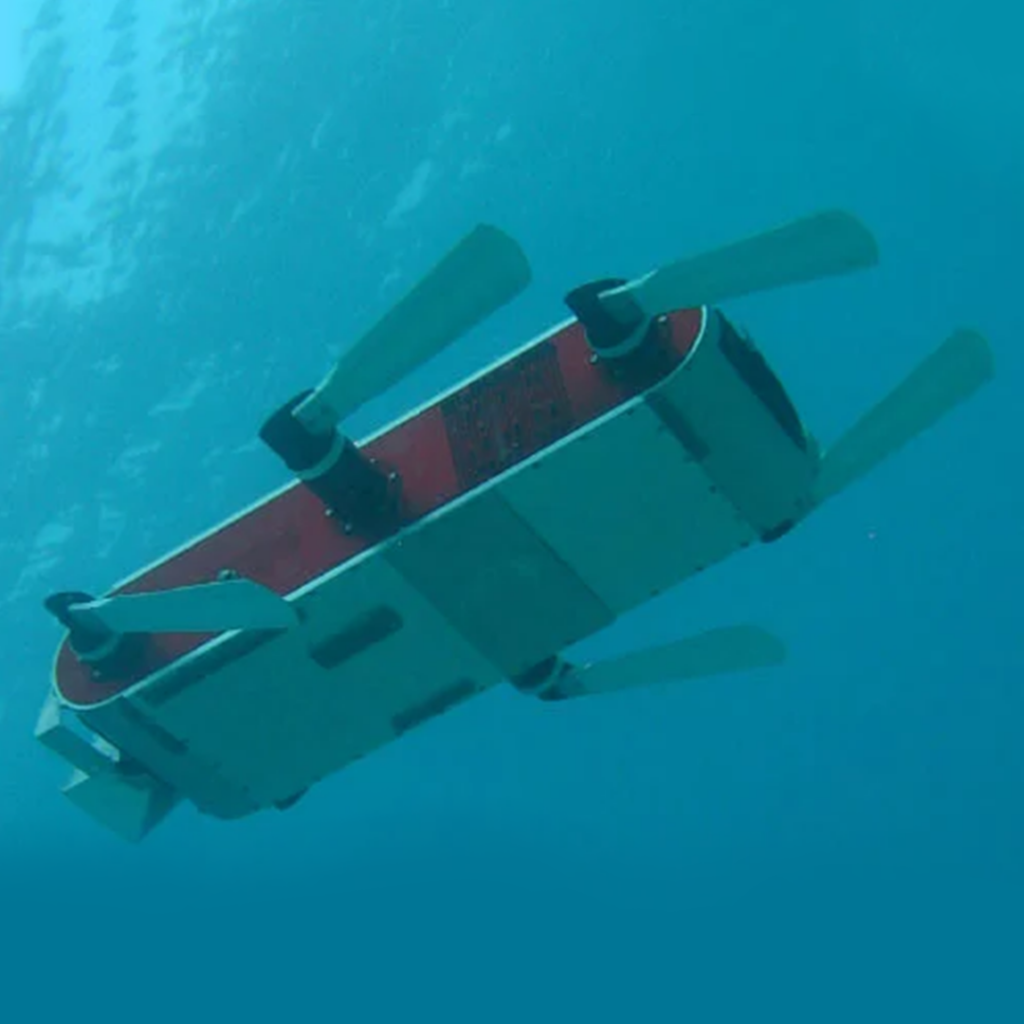Robotics is a thriving field with numerous lucrative job opportunities for students.
For young coding beginners, the first step toward a career in robotics is to understand how a robot works.
It is critical for a beginner in robotics to understand the potential of a robot in real-world applications. Once a learner understands how a robot works in real-life scenarios, they can tinker and innovate its functionality to create a new robot to serve their needs.
What are the real-life applications of Robotics for kids?
Let’s talk about some of the most interesting types of robots and their real-life applications:
Telepresence Robot
A telepresence robot is a wheeled, remote-controlled device that connects to the internet wirelessly to serve its purpose. This robot typically uses a tablet to provide video and audio capabilities. The main objective of using a telepresence robot is to place a person at a remote location through a virtual presence.
Seems interesting, right? Wondering how it works?
Let’s talk about it.

This telepresence robot can be a computer, tablet, or smartphone-controlled robot that contains a video camera, screen, speakers, and microphones so that people can interact with it. They can view and hear its operator. The operator can simultaneously view what the robot is “seeing” and “listen” to what other people in the conference are saying through the microphone. One of the major advantages of using a telepresence robot is that they go beyond a standard video conference call because the operator has complete control over “what” and “who” they want to see.
Humanoids
These types of robots are quite popular in many science fiction movies like Terminator, Ex Machina, etc. A humanoid robot has the appearance of a human body. Although humanoid robots are still in their initial stage still they are created to imitate human motion and interaction. These types of robots are employed in power plant inspection, disaster response, maintenance, etc. to relieve human workers from tedious and risky tasks. They have the potential to change the way we live and interact with machines. Real-life applications of Humanoid robots include the field of research, entertainment, and personal assistance.
One of the best examples of a humanoid robot is Erica which can detect when someone is laughing, decide whether it’s appropriate to laugh back and respond with one of two types of laughs: a small chuckle or a rough and noisy laugh as per the situation.

Aerial Robotics
Aerial robotics is a fascinating and rapidly growing field of robotics. Aerial robots are designed to fly using various propulsion systems and can be outfitted with various sensors and payloads to suit their intended purpose. Recent advancements in miniature drone technology have enabled these robots to be used in a variety of applications, including search and rescue, surveying, and mapping.

Aerial robots can be used to quickly and efficiently search for people who have become lost or stranded in difficult-to-reach areas. They can also be used to aid in the recovery from natural disasters such as earthquakes and hurricanes.
Entertainment Robots
Entertainment robots include animatronic toys, clowns, and robotic animals that appear in science fiction films and video games. They can also be controlled remotely using smartphones or other technologies, giving the impression that they are living beings. These robots make robotics experimentation simple and enjoyable for people of all ages.

For example, Honda’s Asimo- The penalty Taking Robot. It is very interesting to know that this robot can play football, dance, and even serve drinks!
Aquatic Robots
Underwater robots have made exploration more affordable and accessible. One of the most significant advantages is that scientists can now reach ocean points that were previously unreachable by humans. With their ability to withstand extreme conditions, these robots can collect samples, examine marine life, and evaluate water temperatures. These aquatic robots are also known as robot boats. These robots can sail, submerge and crawl underwater and can be self-contained or remotely controlled.

AUV Sentry is a good example of an Aquatic Robot because it is an autonomous underwater vehicle that can carry sophisticated sensors and maneuver over the seafloor at depths of up to 6,000 meters (19,685 feet).
Summing Up!
We learned about some of the interesting real-world applications of robotics and how they can make our lives easier. In a nutshell, robotics is not only an exciting line of work, but it is also an excellent career path for young minds.
 3304
3304

